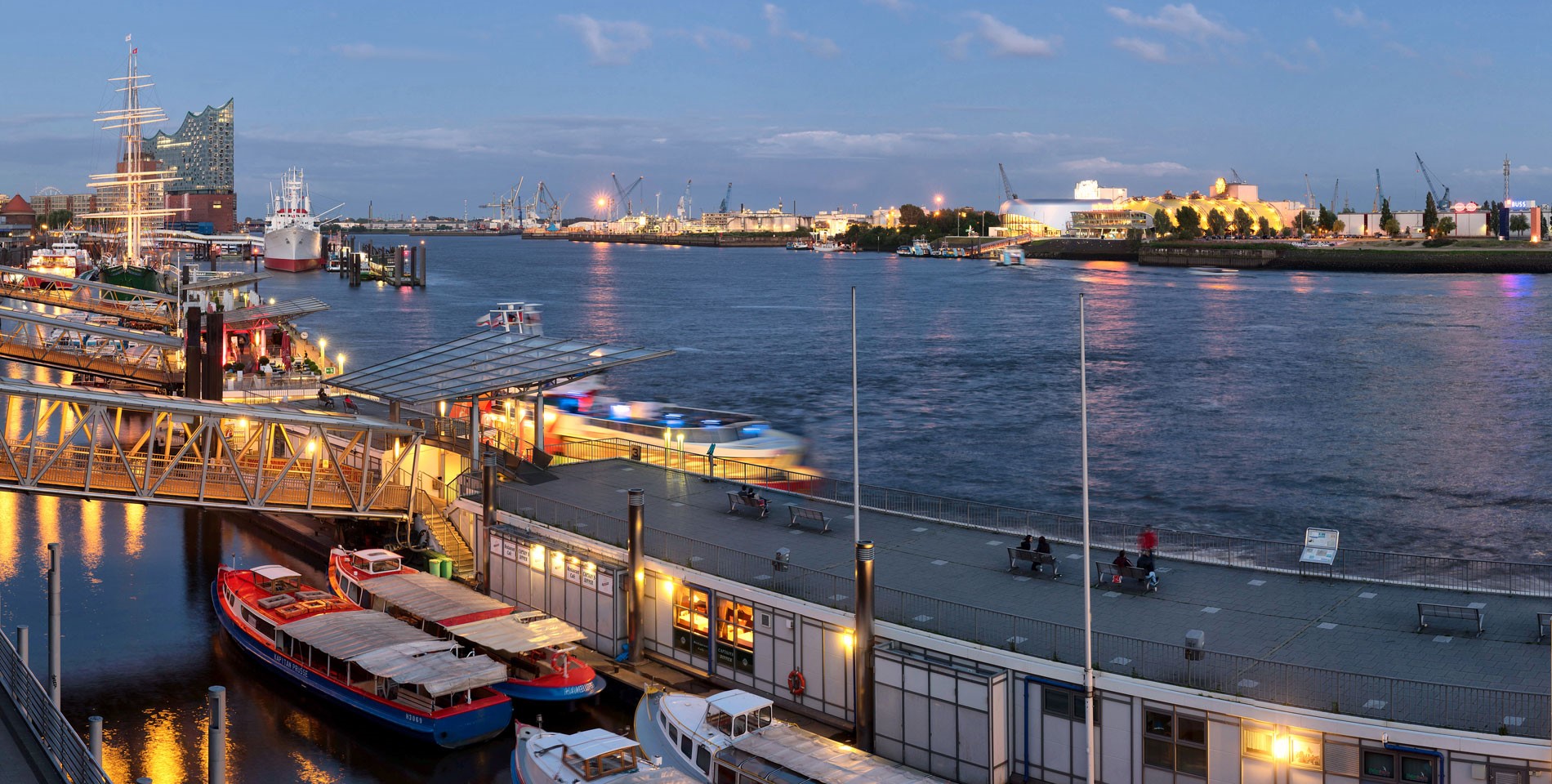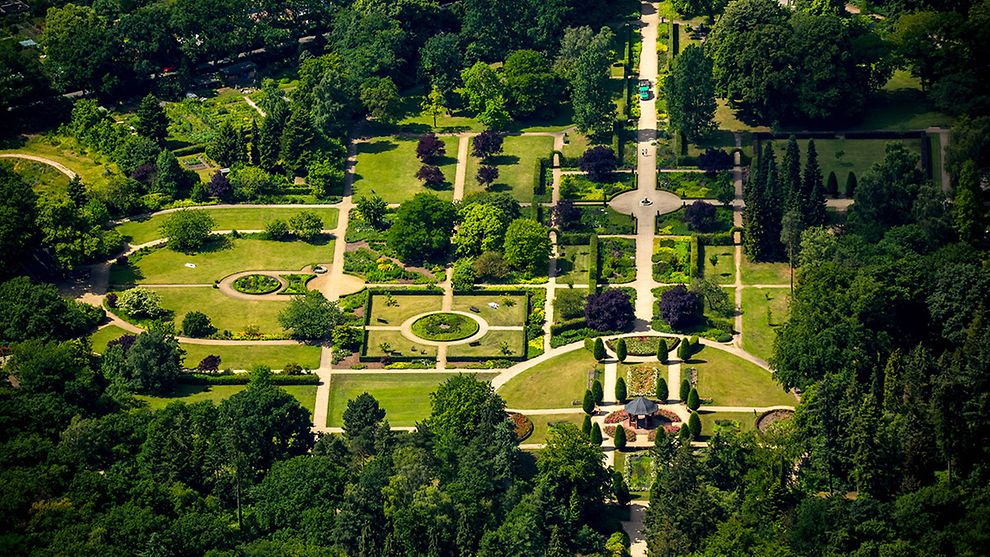Hamburg’s largest public park
The Altona Volkspark has lots to offer: a winding grid of walkways, a large forest, and many sun-soaked clearings all within walking distance of the Volkspark stadium and the Barclaycard Arena.
Dahlias in the park
For many, the Altona Volkspark is best-known as the neighbour of the Volkspark stadium and arena. Hamburg’s largest public park has more to offer, however: the 205 hectares in the Bahrenfeld neighbourhood include a variety of gardens and even a temple.
Forests and flowers in Bahrenfeld
Next to educational plant gardens as well as beautiful rose gardens, the dahlia garden, with its 40,000 flowers, is especially eye-catching. The flowers come in all shapes and colours and draw thousands of hobby botanists every year.
The Tutenberg is a small hill that is both a memorial for the fallen soldiers of World War I and a great place for an overview of the vast park. Thanks in part to this landmark, the central parts of the Volkspark have been under monument protection since 2002. The most well-known buildings in the area are the Volkspark stadium and the Barclaycard Arena. While the former houses the home games of football club HSV, the latter is mostly used as an event location for concerts. Next to these two massive event locations, Science City Bahrenfeld, with its large-scale XFEL and DESY research projects, is located in direct proximity to the park. As Science City continues to grow, the park will remain a specially featured facet at the heart of this long-term project. Additionally, the Bahrenfeld Trabrennbahn race tracks were inaugurated in 1867. Horse races can be watched there on Thursdays and Sundays to this day.
The vast forests and pathways of Volkspark are perfect for hikers and joggers. The sprawling meadows next to the Bahrenfelder Trabrennbahn racetracks are perfect for sunbathing. The large cherry trees offer shade. Playgrounds and minigolf links are perfect for kids.
History of the Park
In 1914-15 around 1,000 workers began constructing the Altona park. World War I brought work to a screeching halt, and it took until after the war for construction to resume. In 1920, eight years after the Stadtpark in Winterhude, the Altona park was opened. Both green areas were meant to offer relaxation to the masses — a new concept as public spaces were still rare at the time. The lake and the public swimming pool are no longer there, but the park hasn’t lost one bit of its charm.
To learn more about the Altona Volkspark, visit Hamburg Tourism.

